“Welding types include MIG (Metal Inert Gas), TIG (Tungsten Inert Gas), Stick, and Flux-cored, etc. MIG is popular for its ease and speed, while TIG offers precision and control for detailed work.”
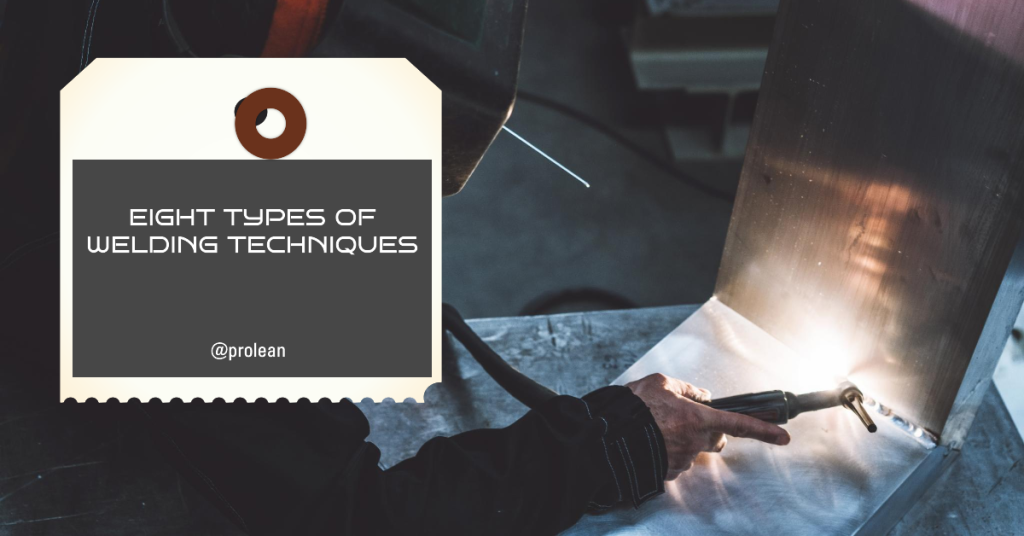
In manufacturing, sheet metal parts must be joined to form a final product called assembly. Metal welding is a prominent assembly technique. Different types of welding play a crucial role in permanently joining individual components to assemble the final product or components. For example, an enclosure is made by welding the laser-cut and stamping sheet metal parts.
Welding Processes are diverse and many. They are classified based on their working mechanism, the material they can weld, and the precision of the joint. This guide will discuss eight main welding techniques/types and offer tips on choosing the correct technique for your project.
The Fundamentals of Metal Welding
Welding is the process of joining two or more parts together using heat, pressure, or both. The main parts that are joined together are called parent material, and material added to help form the join is called filler or consumable. It is generally used for joining metals, thermoplastics, or even wood.
Moreover, welding is a simple and economical process for joining materials. It has many applications in construction, manufacturing, aeronautics, electronics, shipbuilding, automobiles, repair maintenance, and mechanical.
How Does it Work?
The fundamental principle of welding is applying heat using various methods (arc, gas, laser, etc.) to join the positions of two or more metals. The heat melts the material and forms the weld pool, creating a permanent, strong joint upon cooling and solidification.
- Filler Material: A wire or rod is added to the molten pool to help form a strong bond as the weld cools (in some welding types).
- Shielding: A shielding gas or flux protects the weld pool from atmospheric contamination & oxidation risk.
- Solidification: The weld pool cools and solidifies, forming the internally bonded strong joint.
Try Prolean Now!
What are the Different Types of Welding?
Various welding processes employ different levels of heat and pressure to melt the metal and create a weld pool, which ultimately cools down to form a permanent joint. The exception is solid-state welding, where pressure is applied at elevated temperatures.
Now, let’s elaborate on the eight common types of welding in brief;
Tungsten Inert Gas Welding (TIG Welding)
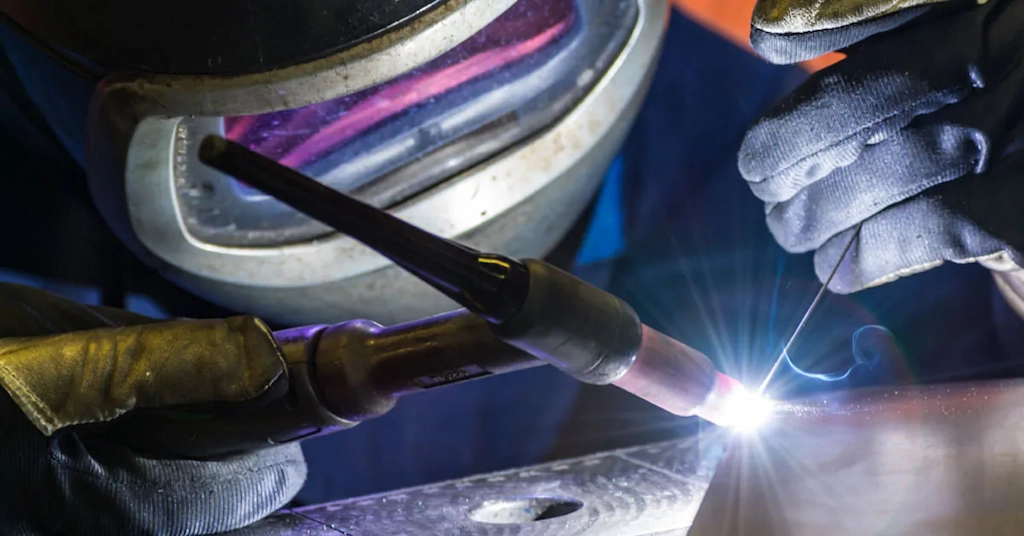
TIG welding on steel
Gas Tungsten Arc Welding is an inert gas-shielded arc welding method that uses a non-consumable tungsten electrode. While passing electricity, the electrode generates the plasma arc in contact with workpieces in the inert medium. Meanwhile, the temperature can range from 10,000 to 15,000 °F.
TIG Welding Techniques can weld all carbon steel, aluminum, titanium, copper, and alloys. So, the main advantage of TIG welding is its capability to weld non-ferrous components. Additionally, due to a controlled heat-input mechanism, it can handle thin sheets more quickly than other types of welding( as low as 0.3mm).
Metal Inert Gas (MIG) Welding

MIG welding workflow
It is also known as Gas Metal Arc Welding (GMAW). Like TIG, MIG uses arc welding with a consumable thin wire electrode in the presence of shielding gas. When the trigger is pulled, a thin wire is fed continuously, and an electric arc is formed between the wire electrode and base metal. As a result, both metals are melted and fused together to create a weld. The welding process can reach temperatures of over 3000 degrees.
This welding type produces high-quality welds and joins dissimilar metals & alloys, including copper, aluminum, nickel, stainless steel, and iron. Consequently, MIG is widely used in pressure vessels and steel constructions, pipeline and sheet metal welding, and automotive manufacturing.
Gas Welding
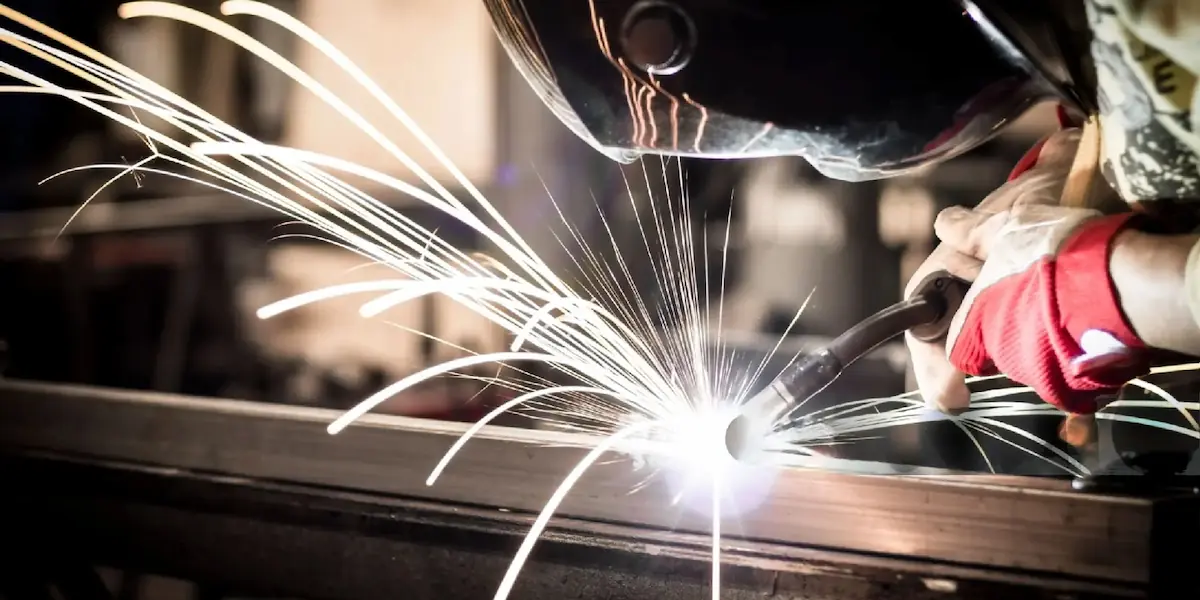
Gas welding operation
Gas Welding, also known as oxyacetylene welding is a heat-based welding procedure in which a flame( up to 3200 ° C)is generated by a fuel gas mixture (acetylene, propane, butane, hydrogen, and oxygen). The flame fuses the filler and base material together. The basic idea is to melt two metals, add flux, and let the weld pool cool down to fuse the metals together.
Moreover, this type of welding can be used to weld metals of a similar composition together, including aluminum, copper, stainless steel, cast iron, brass, and nickel alloys. Gas welding welding is a popular welding procedure because it is easy to use, portable, and affordable. It is widely used for welding ferrous and nonferrous metals with low heating and cooling rates in the automobile and sheet metal industries.
Stick Welding
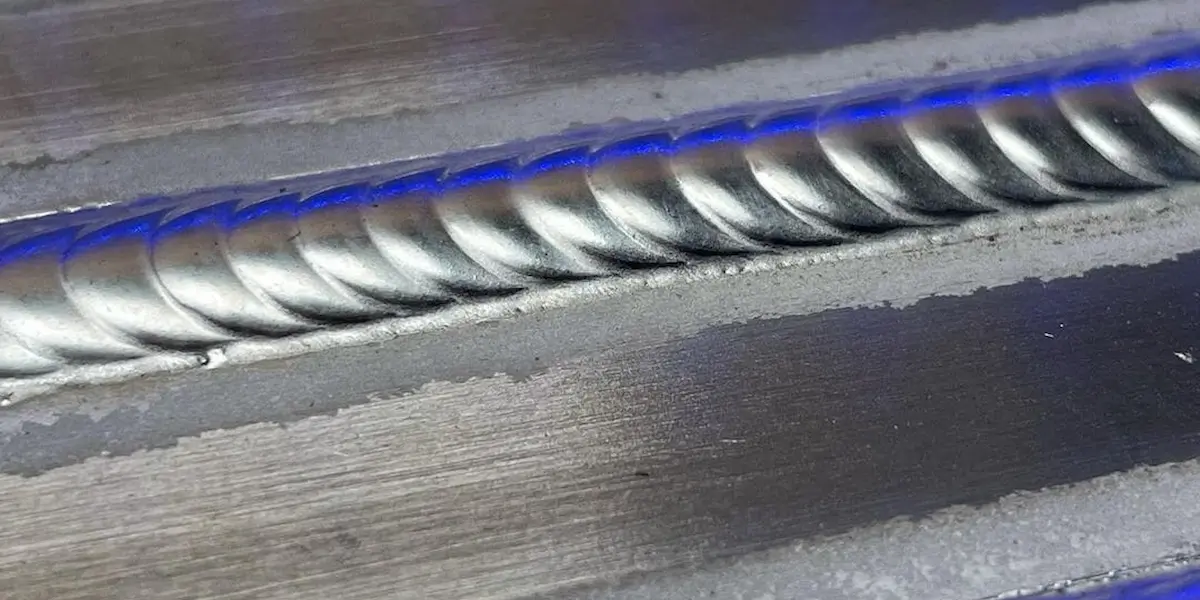
stick elding result
Stick welding, also called Shielded Metal Arc Welding (SMAW), is an electric arc welding procedure that uses a flux-coated metal stick consumable electrode. In this type, the flux coating produces shielding gas, which settles in the weld pool and is chipped away as slag. The flame temperature can reach anywhere from 5000 to over 10000° C.
Stick welding can be used on various metals, including steel, aluminum, copper, iron, and nickel. This type of welding is easy, portable, and affordable to operate so it can be used in any location. Stick types of welding are commonly used in remote locations, outdoor construction sites, and other industries, including manufacturing and steel fabrication, shipbuilding, and mining.
Laser Welding

Laser welding on steel
This welding method uses a concentrated, coherent laser beam focused on a small region to produce heat energy. An optical focusing lens directs the laser beam on the spot to be welded, producing enough heat to melt the metals, form a weld pool, and eventually cool down to create a strong joint.
Consequently, Laser Welding can be used on various metals, including steel, aluminum, copper, nickel, and brass. It is also compatible with thermoplastics and carbon fiber-reinforced plastic. Moreover, the laser creates small and deep welds at high welding rates, making it easier to join dissimilar metals and those that are difficult to weld. Laser welding applications can be seen in automotive, aviation, tool construction, electronics, medical devices, and jewelry manufacturing.
Spot Welding
Spot Welding is an electrical resistance welding process in which a workpiece is held between two copper electrodes by applying pressure. Electric current is driven through highly resistive metals to produce enough heat energy for melting and fusing metal. In spot welding, a large amount of current is passed through small spots, utilizing a lot of energy in a short period. The metals can reach over 2000° C above their fusion temperatures.
These types of welding procedures can be used for welding various metals including aluminum, steel, copper, galvanized steel, nickel, and brass. It is a fast, effective, clean welding method that can be easily automated, particularly for sheet metal welding. This type of welding has a wide range of applications in kitchenware manufacturing, medical devices, automobile and electronics industries, and the repair of automotive, metal structures, and architectural components.
Arc Welding
Arc Welding is a widely used welding process that creates an electric arc between an electrode and base metal by applying a voltage across two separate conductive electrodes until an electrical path is made through the air gap between them. It is generally preferred for the edges of two metals for a strong weld.
It is a versatile method employed on various metals, including magnesium, aluminum, steel, titanium, cast iron, copper, brass, and nickel alloys. It is a widespread, accessible, and affordable welding technique used to repair and maintain shipbuilding, pipeline, automotive, and construction machinery parts.
Solid State Welding

Solid state welding process
Solid-state welding is a welding procedure in which joining occurs by applying either pressure alone or a combination of heat and pressure. Two workpieces are joined together by applying pressure at elevated temperatures but below the melting point of the base material. Solid-state welding is a broad category of welding techniques, including diffusion welding, friction welding, ultrasonic welding, forge welding, roll welding, and so on, classified based on variations in applied pressure and temperatures.
Dissimilar metals, including steel, aluminum, and copper alloy, can be joined without using consumable materials. The final weld is free from welding defects like porosity, slag inclusion, and segregation. These alloys produce high joint quality and are widely used in the marine, aerospace, and automobile industries, pipe and shaft welding, pump, and drill bit manufacturing.
Try Prolean Now!
How to Choose the Right Welding Type?
Individual parts’ designed assembly specifications and materials decide which welding types to choose. So, you must consider different factors while selecting the welding technique that welds the parts perfectly.
Here are the considerations for selecting the welding type;
- Type of Material
The type of material influences its composition, conductivity, and reaction to heat and pressure, ultimately affecting weldability. Steel and iron are two of the most commonly welded materials, and TIG and MIG welding are best suited for them.
- MIG: Ideal for aluminum and aluminum alloys.
- TIG welding: Steel, copper, brass, titanium, and nickel alloys
- Thickness of Sheet or Parts
Next, the inappropriate combination of thickness and welding can over-melt the material and damage the worksheets. For example, stick welding or SMAW is most suitable for welding thicker steels working outdoors, whereas MIG welding is more suited for welding thin to medium gauge steel and aluminum. Subsequently, laser welding is ideal for the automated welding of thin sheets and resistance welding for joining sheet metal.
- Complexity of Joint
The selection of suitable welding methods also depends upon the complexity of the joint, including joint geometry, material thickness, and required joint strength. Simple joints such as butt, lap, or T- joints are made by using Shielded Metal Arc Welding (SMAW), Gas Metal Arc Welding (GMAW) or Flux Coated Arc Welding (FCAW). Meanwhile, Gas Tungsten Arc Welding (GTAW/TIG) or Laser Beam Welding is applied for intricate geometries. Furthermore, Stick Welding is used for easily accessible joints & TIG can weld joints in hard to reach areas.
- Welding Position
Different welding methods are suitable for various positions due to factors such as the fluidity of the molten weld pool, accessibility, and control. The welding positions are generally divided into four categories: flat, horizontal, vertical, and overhead.
- Flat Position: Almost all types of welding techniques
- Horizontal Position: Shielded metal arc welding
- Vertical & Overhead Position: Flux-cored arc welding
- Available Welding Machinery
The selection of the right types of welding can also be influenced by the kinds of welding machinery manufacturers have. Small-size sheet metal fabricators or manufacturers might only use some typical welding methods like stick, spot, TIG, and MIG. On the other hand, a large manufacturer might have numerous equipment and setups or specialized and custom welding needs.
- Cost
Cost can be influenced by various factors, including the investment for setup, labor costs, and process efficiency. Shielded Metal Arc Welding (SMAW) is the most cost-effective option but has higher labor costs as it is a relatively slow process. Gas metal arc welding and flux core arc welding are moderate in price and have a wide range of applications, while submerged arc welding is cost-effective for large-scale continuous welding. Gas tungsten arc welding (GTAW) is one of the most expensive but produces the highest quality welds.
Sheet Metal and Welding Services from ProleanTech
We understand the importance of the right welding technique to create string and reliable permanent joints. Our engineers have over a decade of experience working on sheet metal assembly projects for diverse industries, including automotive, aerospace, defense, medical, electronics, oil & gas, and many more.
We can combine Sheet Metal Services like laser cutting, stamping, blanking, and bending with Metal Welding Services for final assembly to form a component or product. So, send us your design for whatever metal or alloy parts you want to weld. Our engineers will work closely with you to finalize the welding type, and our operators will proceed accordingly.
Try Prolean Now!
Conclusion
Overall, welding is ideal for practical and durable permanent joints on various metal components & products, including steel, aluminium, copper, and a few plastics. Different types of welding methods are used in manufacturing based on the characteristics of the welding project, such as thickness, material types, required strength & finish, cost, and joint position. You can choose from TIG, MIG, Laser, Stick, Arc, Spot, or any other welding techniques based on the characteristics & requirements of your metal joining or parts assembly project.
FAQS
Can I use any welding to join the metallic part?
No! Each welding method suits specific characteristics of metallic parts, such as metal type and thickness, strength requirements, etc.
What are the different types of welding techniques?
The common welding techniques are MIG, TIG, Flux-Cored Arc Welding, and Laser Welding.
Which welding is best for steel alloys?
MIG and TIG welding techniques are often considered best for steel alloys due to their ease of use and ability to produce strong, clean welds.
Which welding method is best for aluminum & its alloys?
TIG welding is typically the best method for welding aluminum and its alloys.
Is welding more expensive than other metal joining techniques? Welding can be more costly due to equipment, consumables, and skilled labor. However, it offers strong, durable joints and is often cost-effective for permanent, high-strength connections.
Are welding joints durable?
Yes, welding joints are generally very durable. They form permanent solid joints that withstand significant stress and harsh environmental conditions.



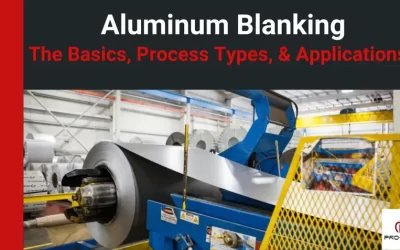
Hello, I often found porosity defect on MIG welded joints, can you suggest what i can get right?
Hello Ramirez,
To prevent porosity in MIG welding, ensure clean surfaces free of rust, oil, or moisture. Use proper shielding gas flow rates and avoid drafts. Maintain the correct electrode angle and welding speed. Inspect the gas nozzle for blockages and verify the gas type and purity for optimal results.